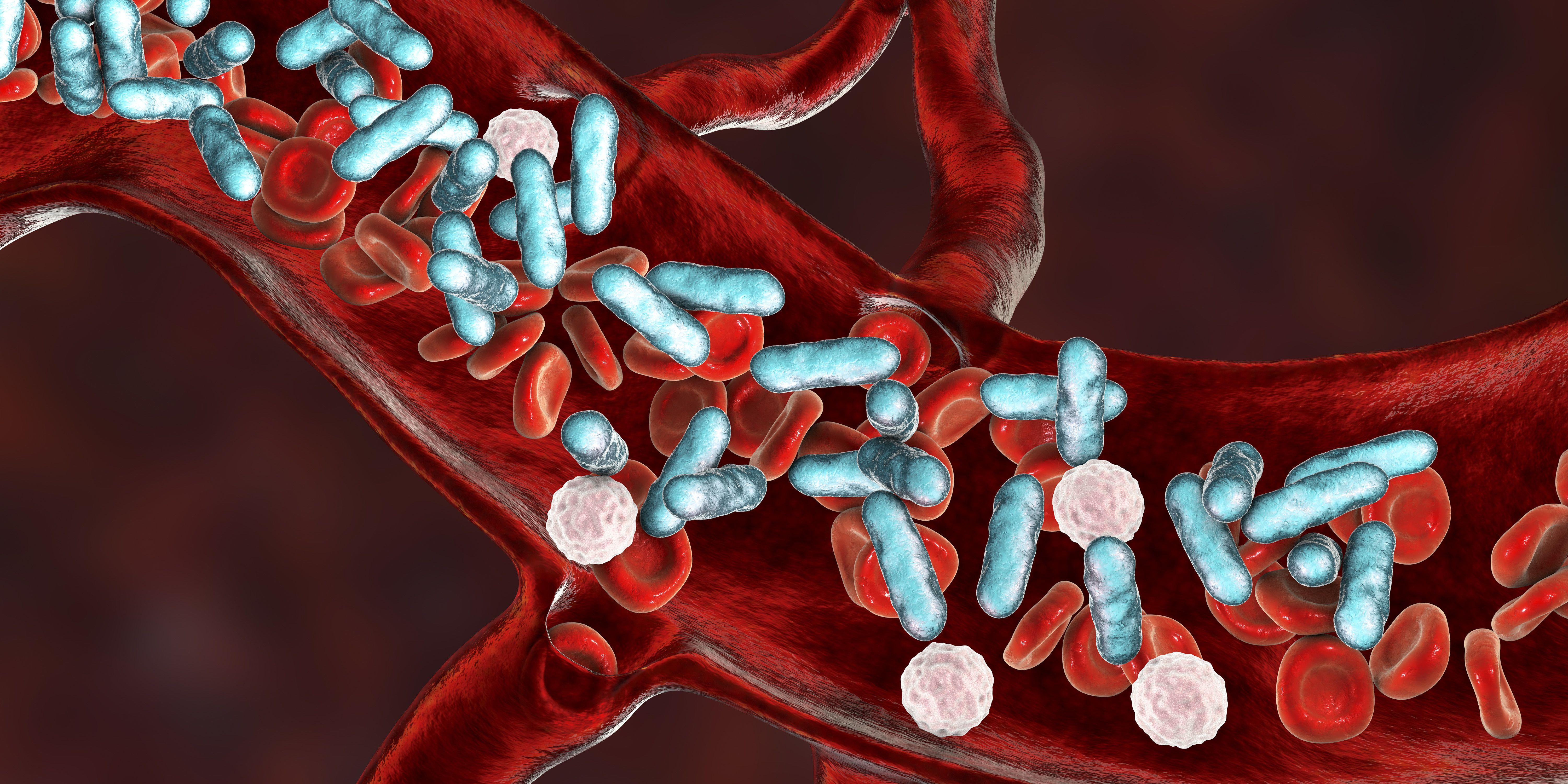Uproleselan Combo Improves Survival Vs Chemo in Relapsed/Refractory AML
Toxicity in this phase 3 trial was comparable with prior reports of chemotherapy among patients with relapsed/refractory acute myeloid leukemia.
"These results demonstrate uproleselan has the potential to address this unmet need in primary refractory AML," according to Daniel DeAngelo, MD, PhD.

Combining uproleselan with chemotherapy yielded an improved overall survival (OS) compared with chemotherapy monotherapy among patients with relapsed/refractory acute myeloid leukemia, according to a press release on findings from a phase 3 study (NCT03616470).1
Across 388 patients in the intent-to-treat population, the median OS was 13.0 months with uproleselan-based treatment vs 12.3 months with chemotherapy alone; this improvement, however, did not reach statistical significance (HR, 0.89; 95% CI, 0.69-1.15).
The median OS among patients who were primary refractory was 31.2 months in the uproleselan arm vs 10.1 months in the placebo arm (HR, 0.58; 95% CI, 0.37-0.91). Across the primary refractory subgroup, the median duration of response (DOR) for CR was not reached vs 12.7 months in each respective arm. For those with an early relapse, the median OS was 3.7 months vs 6.4 months in each respective arm (HR, 1.50; 95% CI, 0.69-3.27). Additionally, the median OS for patients with a late relapse was 15.4 months vs 18.2 months, respectively (HR, 1.10; 95% CI, 0.77-1.57).
Among patients who received the fludarabine plus cytarabine and idarubicin (FAI) backbone, the median OS was 30.2 months with uproleselan and 12.8 months with placebo (HR, 0.73; 95% CI, 0.50-1.06). The median OS among those who received the mitoxantrone plus etoposide and cytarabine (MEC) backbone was 8.7 months vs 12.3 months in each respective arm (HR, 1.06; 95% CI, 0.75-1.51).
Regarding patients who had a prior hematopoietic stem cell transplantation (HSCT) following study treatment, the median OS was not reached for those who received uproleselan. Among patients in the placebo arm who received HSCT, the median OS was 26.3 months with the FAI backbone and 24.4 months with MEC.
Toxicity in the trial was comparable with prior reports associated with chemotherapy in this population. Findings highlighted that 35.9% and 34.2% in the uproleselan and placebo arms, respectively, had serious treatment-emergent adverse effects (TEAEs). Additionally, grade 3 or higher TEAEs occurred in 85.9% and 87.6% of patients in each respective arm.
“In the primary refractory setting, uproleselan’s improvement of [median] OS and greater duration of remission was particularly compelling, as there is a significant unmet need for new treatment options in this setting that can extend and improve the lives of patients. These results demonstrate uproleselan has the potential to address this unmet need in primary refractory AML,” principal trial investigator Daniel DeAngelo, MD, PhD, professor of Medicine at Harvard Medical School and Chief in the Division of Leukemia at Dana-Farber Cancer Institute, said in the press release.1
The novel first-in-class E-selectin antagonist uproleselan was designed as a potential therapeutic option for adults with relapsed/refractory AML. The agent is intended to disrupt the binding of E-selectin, a leukocyte adhesion molecule expressed in endothelial cells of the vasculature and bone marrow while preventing leukemic myeloid cells via the bone marrow microenvironment.
In this double-blind, randomized phase 3 study, patients were assigned 1:1 to receive uproleselan or matched placebo in combination with chemotherapy. Chemotherapy consisted of MEC or FAI.
The trial’s primary end point was OS without censoring for transplant. Secondary end points included severe oral mucositis, complete remission (CR) rate, and remission rate.
Patients 18 to 75 years old with relapsed/refractory AML and no more than 1 prior stem cell transplant were eligible for enrollment on the trial.2 Other requirements for enrollment included having no prior treatment with MEC or FAI. Those with acute promyelocytic leukemia, acute leukemia of ambiguous lineage, chronic myeloid leukemia with myeloid blast crisis, or secondary refractory AML were ineligible for enrollment.
Induction emergent severe oral mucositis was noted in 7.2% of patients in each treatment arm. Additionally, 36.1% of those who received uproleselan had a CR at the end of induction compared with 33.5% of those in the placebo arm. A CR or CR with partial hematologic recovery occurred in 46.4% of patients who received uproleselan vs 41.2% of those in the placebo arm.
Overall, 52.1% and 51.0% of patients in the uproleselan and placebo arms, respectively, underwent post-treatment HSCT. Additionally, subsequent therapy for patients without a response was administered to 40.0% and 46.2% of those in each respective arm.
References
- GlycoMimetics announces comprehensive results from pivotal phase 3 study of uproleselan in relapsed/refractory (R/R) acute myeloid leukemia (AML). News release. GlycoMimetics, Inc. June 4, 2024. Accessed June 6, 2024. https://tinyurl.com/ypr6by3p
- Study to determine the efficacy of uproleselan (GMI-1271) in combination with chemotherapy to treat relapsed/refractory acute myeloid leukemia. ClinicalTrials.gov. Accessed June 6, 2024. https://tinyurl.com/yc4p3bdy